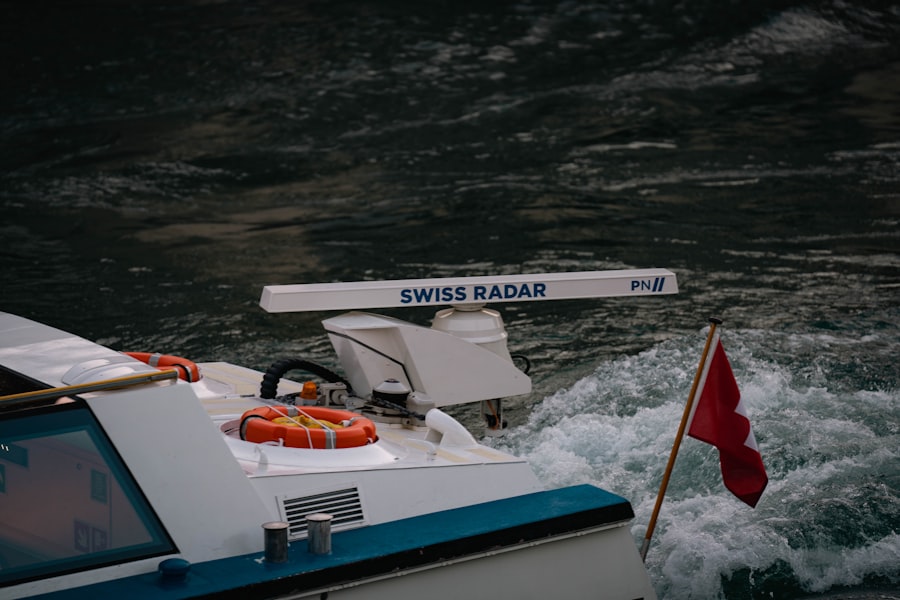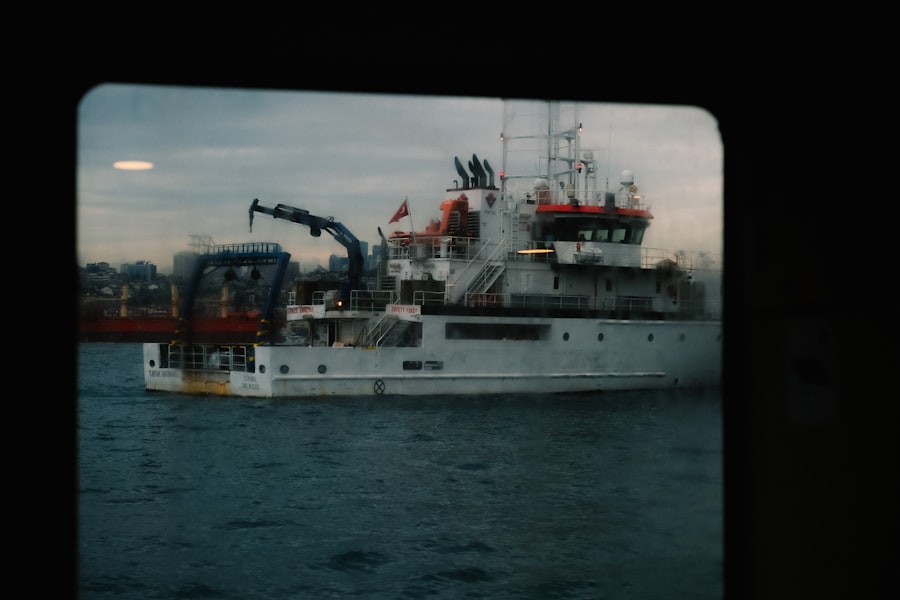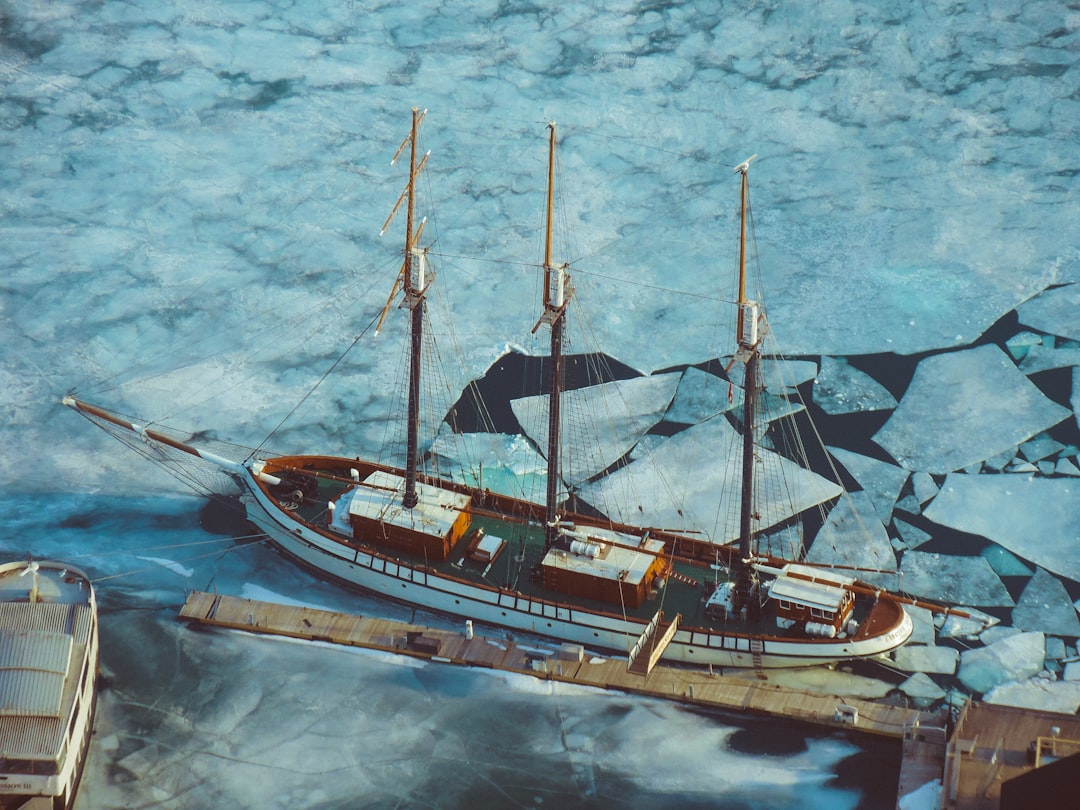The Drake Passage, a body of water situated between the southern tip of South America and Antarctica, is renowned for its tumultuous seas and significant role in global oceanic dynamics. This narrow stretch of ocean, measuring approximately 800 kilometers (500 miles) wide, serves as a critical conduit for marine life and weather patterns. It is often regarded as one of the most challenging maritime routes in the world, attracting adventurers, researchers, and seafarers alike.
The passage is not only a geographical marvel but also a vital area for scientific study, given its unique ecological and climatic characteristics. Navigating the Drake Passage is an experience that many sailors and travelers seek, often described as both exhilarating and daunting. The waters are notorious for their unpredictable weather and strong currents, which can create formidable waves that reach heights of over 30 feet.
Despite these challenges, the Drake Passage remains a key route for vessels traveling to and from Antarctica, making it an essential area for understanding the complexities of ocean navigation and marine ecosystems.
Key Takeaways
- Drake Passage is a narrow body of water between South America’s Cape Horn and the South Shetland Islands of Antarctica.
- The passage is named after Sir Francis Drake, the first Englishman to circumnavigate the globe, who discovered it in 1578.
- The geographical significance of Drake Passage lies in its role as a major conduit for the Antarctic Circumpolar Current, which connects the world’s oceans and influences global climate.
- The passage is home to a diverse range of flora and fauna, including penguins, seals, and various seabird species.
- Navigating Drake Passage presents significant challenges due to its notorious rough seas and unpredictable weather patterns.
The History of Drake Passage
The history of the Drake Passage is steeped in exploration and discovery. Named after the English sea captain Sir Francis Drake, who was the first to navigate these waters in the late 16th century, the passage has long been a focal point for maritime exploration. Drake’s journey was not merely an adventure; it was part of a larger quest for trade routes and territorial expansion during the Age of Discovery.
His successful navigation through these treacherous waters opened up new possibilities for European powers seeking to exploit the resources of the New World. Over the centuries, the Drake Passage has witnessed numerous expeditions, each contributing to humanity’s understanding of this remote region. Explorers such as James Cook and Ernest Shackleton have traversed its waters, documenting their experiences and the challenges they faced.
These historical voyages have not only enriched maritime lore but have also provided invaluable data about the passage’s geography and climate, laying the groundwork for future scientific research.
The Geographical Significance of Drake Passage

Geographically, the Drake Passage serves as a critical junction between the Atlantic and Pacific Oceans. Its unique position allows for the mixing of oceanic waters, which plays a significant role in regulating global climate patterns. The passage is characterized by its deep-sea trenches and underwater ridges, which contribute to its complex hydrodynamics.
This intricate geography influences not only local weather conditions but also broader climatic phenomena across the globe. The significance of the Drake Passage extends beyond its immediate surroundings; it acts as a gateway to Antarctica, facilitating the movement of marine species and nutrients between oceans. The currents that flow through this passage are instrumental in shaping oceanic ecosystems, making it a vital area for biodiversity.
Understanding the geographical features of the Drake Passage is essential for comprehending its impact on global ocean circulation and climate systems.
Flora and Fauna of Drake Passage
| Category | Metrics |
|---|---|
| Marine Mammals | Whales, seals, and dolphins |
| Seabirds | Albatrosses, petrels, and penguins |
| Marine Life | Krill, squid, and fish |
| Terrestrial Flora | Mosses, lichens, and grasses |
| Terrestrial Fauna | Seals, penguins, and other birds |
The Drake Passage is home to a diverse array of flora and fauna, thriving in its cold, nutrient-rich waters. The region supports various marine species, including krill, which serves as a crucial food source for larger animals such as whales, seals, and seabirds. The abundance of krill in these waters is a testament to the rich biodiversity that characterizes the passage, making it an essential area for marine research and conservation efforts.
Penguins, particularly the Adelie and Gentoo varieties, are commonly found along the shores of the passage. These birds have adapted to the harsh conditions of their environment, showcasing remarkable resilience.
The interplay between marine and terrestrial ecosystems in this region highlights the ecological significance of the Drake Passage as a habitat for various species.
The Challenges of Navigating Drake Passage
Navigating the Drake Passage presents numerous challenges that test even the most experienced mariners. The unpredictable weather patterns can change rapidly, with storms developing with little warning. Sailors must be prepared for high winds and rough seas that can make navigation perilous.
The combination of strong currents and shifting tides adds another layer of complexity to traversing this waterway. Moreover, the passage’s remoteness poses logistical challenges for vessels operating in these waters. Limited access to ports and support services means that ships must be self-sufficient during their journeys.
This isolation can lead to heightened risks during emergencies, making thorough preparation and knowledge of the passage’s conditions essential for safe navigation.
Scientific Research in Drake Passage

The Drake Passage has become a focal point for scientific research due to its unique ecological and climatic characteristics. Researchers from around the world flock to this region to study its marine ecosystems, climate patterns, and geological features. The passage serves as a natural laboratory for understanding ocean dynamics and their implications for global climate change.
One significant area of research involves studying the effects of climate change on marine life in the Drake Passage. Scientists monitor changes in water temperature, salinity, and nutrient levels to assess how these factors impact biodiversity. Additionally, ongoing studies aim to understand how shifts in ocean currents may influence global weather patterns, making this region critical for predicting future climate scenarios.
Climate and Weather Patterns in Drake Passage
The climate in the Drake Passage is characterized by its extreme variability, influenced by its geographical location and proximity to Antarctica. The region experiences strong winds and frequent storms, particularly during the winter months when conditions can become particularly harsh. These weather patterns are driven by complex interactions between ocean currents and atmospheric conditions.
Understanding the climate dynamics of the Drake Passage is crucial for predicting weather patterns not only in this region but also across broader areas of the Southern Hemisphere. The passage acts as a conduit for cold air masses from Antarctica, which can influence weather systems as far north as South America. As such, researchers continue to study how changes in this region’s climate may have far-reaching effects on global weather patterns.
The Impact of Drake Passage on Global Oceanic Circulation
The Drake Passage plays a pivotal role in global oceanic circulation, acting as a key connector between major ocean currents. The Antarctic Circumpolar Current (ACC), which flows through the passage, is one of the most significant ocean currents on Earth. This current facilitates the movement of warm and cold water masses between oceans, influencing climate patterns worldwide.
The interaction between the ACC and other ocean currents has profound implications for marine ecosystems and global climate systems. As water circulates through the Drake Passage, it transports nutrients that support diverse marine life while also regulating temperatures across vast oceanic regions. Understanding these dynamics is essential for comprehending how changes in one part of the ocean can reverberate throughout global systems.
Human Exploration and Settlement in Drake Passage
Human exploration of the Drake Passage has evolved significantly over time, from early maritime expeditions to modern scientific research missions. While there are no permanent settlements within the passage itself due to its harsh conditions, various research stations on nearby islands serve as bases for scientific exploration. These stations allow researchers to study marine life, climate change impacts, and other phenomena unique to this region.
The allure of adventure has drawn many explorers to these waters throughout history. From whalers seeking fortune in the 19th century to contemporary eco-tourists eager to witness its natural beauty, human interaction with the Drake Passage has taken many forms. Each expedition contributes to a growing body of knowledge about this remote area while highlighting humanity’s enduring fascination with exploration.
Conservation Efforts in Drake Passage
Given its ecological significance and vulnerability to climate change, conservation efforts in the Drake Passage have become increasingly important. Various international agreements aim to protect marine biodiversity in this region while promoting sustainable practices among fishing industries operating nearby. Organizations dedicated to marine conservation work tirelessly to raise awareness about the importance of preserving this unique ecosystem.
Efforts include monitoring fish populations, protecting critical habitats such as breeding grounds for seabirds and seals, and advocating for responsible tourism practices that minimize human impact on fragile environments. By fostering collaboration among governments, scientists, and conservationists, stakeholders hope to ensure that future generations can continue to appreciate and study the wonders of the Drake Passage.
The Future of Drake Passage Exploration
As interest in polar regions continues to grow, the future of exploration in the Drake Passage holds great promise. Advances in technology are enabling researchers to conduct more detailed studies than ever before, from underwater drones mapping seafloor topography to satellite imagery tracking changes in ice cover. These innovations will enhance understanding of this complex environment while providing critical data needed to address pressing issues such as climate change.
Moreover, increased accessibility through eco-tourism may foster greater public interest in conservation efforts within this region. As more people venture into these waters, there is an opportunity to educate visitors about the importance of protecting fragile ecosystems while promoting sustainable practices that benefit both local communities and global environmental health. The future exploration of the Drake Passage promises not only new discoveries but also a deeper appreciation for one of Earth’s most remarkable maritime regions.
The Drake Passage, a treacherous stretch of water between the southern tip of South America and Antarctica, has long fascinated explorers and scientists alike. A recent documentary delves into the challenges and discoveries associated with this formidable maritime route. For those interested in further exploring the geographical and historical significance of the Drake Passage, a related article can be found on MyGeoQuest. This article provides additional insights into the unique environmental conditions and the passage’s role in global ocean circulation. To read more, visit the article on MyGeoQuest by clicking here.
WATCH NOW! Drake Passage: Earth’s Deadliest Waters Revealed
FAQs
What is the Drake Passage?
The Drake Passage is the body of water between the southern tip of South America and the northern tip of the Antarctic Peninsula. It is known for its rough seas and strong winds, making it one of the most challenging maritime routes in the world.
What is a documentary on Drake Passage?
A documentary on Drake Passage is a film or video production that explores and showcases the natural beauty, wildlife, and challenges of the Drake Passage. It may also cover the history of exploration and scientific research in the area.
What can viewers expect to see in a documentary on Drake Passage?
Viewers can expect to see stunning footage of the dramatic landscapes, diverse wildlife, and extreme weather conditions of the Drake Passage. The documentary may also include interviews with experts, scientists, and explorers who have firsthand experience in the region.
Why is the Drake Passage significant?
The Drake Passage is significant because it serves as a crucial link between the Atlantic and Pacific Oceans, and it plays a key role in the circulation of the world’s oceans. It is also a vital migratory route for marine animals and a hotspot for scientific research.
Where can I watch a documentary on Drake Passage?
Documentaries on Drake Passage may be available for streaming on various online platforms, or they may be broadcast on television channels that feature nature and exploration programming. Additionally, they may be available for purchase or rental through online retailers.
